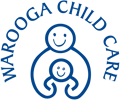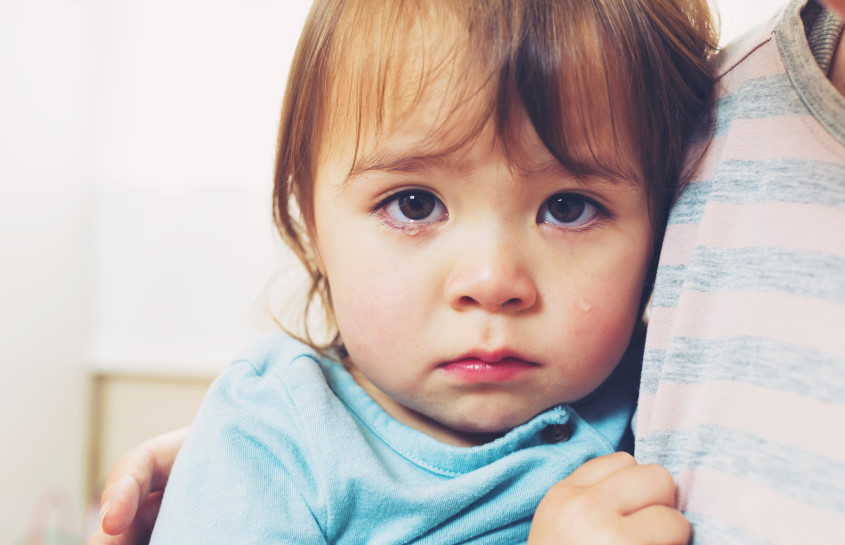
Hand, Foot and Mouth Disease
Description: Hand, foot and mouth disease is a common viral infection, it is not related to the disease in cattle with a similar name (foot-and-mouth disease). Symptoms of hand, foot and mouth disease include tiny blisters on various parts of the body, including in the mouth, and on the fingers, palms of hands, buttocks, nappy area, soles of the feet, upper arms or upper legs. The blisters last a little longer than a week. Some children may also have a fever, sore throat, runny nose or cough. Vomiting or diarrhoea are uncommon. The most troublesome symptom is often the blisters in the mouth, which make it difficult for the child to eat or drink.
How does it spread: The virus is in the fluid of the blisters and can be spread by becoming airborne during coughing, singing, talking, etc. the virus is also found in the child’s faeces, and can be present in faeces for several weeks after the child has recovered.
Incubation period: The incubation period is usually 3–5 days.
Infectious period: People are infectious as long as the blisters contain fluid. Faeces can remain infectious for several weeks.
Exclusion period: Children with hand, foot and mouth disease should be excluded until all blisters have dried.
Responsibilities of parents: Keep the child at home until all the blisters have dried and the child is feeling well. Encourage cough and sneeze etiquette and hand hygiene at home.
Controlling the spread of infection: Teach children about cough and sneeze etiquette. Cough or sneeze into your inner elbow rather than your hand. If you used a tissue to cover your nose or mouth when sneezing or coughing, put the tissue in the bin straight away.
Treatment: Usually no treatment is required.
Reference : Staying Healthy in Child Care 5th Edition 2013



